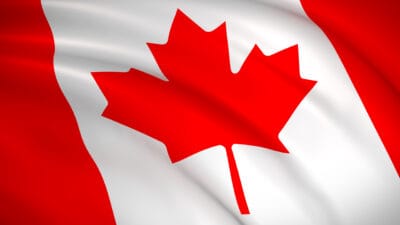The Canada Revenue Agency’s Canada Emergency Response Benefit, known simply as the CRA CERB, has been an instrumental piece of the nation’s response to the COVID-19 crisis. Nearly 8.25 million people have benefited from the program that promises $500 in weekly payments.
While the plan was initially designed to last 16 weeks, the government recently extended the CRA CERB program to a maximum of 24 weeks. This added another $4,000 in CERB payments for ordinary Canadians still reeling from the economic crisis.
However, the program was never designed to be permanent. Eventually, the government will have to suspend or replace this temporary safety net. With that in mind, here’s a look at whether the CRA CERB program could be extended further or what its replacement could look like.
CERB extension?
While another extension to the CRA CERB program can’t be ruled out, it’s looking increasingly unlikely. Canada has managed to tame the number of infections and several provinces have moved into advanced stages of economic reopening. This recovery should bring back jobs and reduce the need for the subsidy.
Meanwhile, Canadian politicians have been critical of the CERB’s program’s disincentives for those looking to work. Earning more than $1,000 a month could result in a part-time or casual worker losing their entire CRA CERB benefit.
That said, if the government hasn’t developed a viable alternative to the CRA CERB program or if there’s another wave of coronavirus cases that pushes the economy back into shutdown, the existing program could be extended.
Alternatives
In a push to encourage work, the government has been focused on the Canada Emergency Wage Subsidy (CEWS) program. Unlike the CRA CERB program, CEWS compensates the employer for retaining staff. This reduces the costs of reopening for businesses while helping people retain their jobs.
The government is also actively considering modifying the Employment Insurance (EI) system to better support those without a job even as the crisis subsides.
While these programs go a long way, they don’t compare to a $500 weekly CERB payment with no strings attached. For most Canadians, the best way to secure their future is to create a source of tax-free recurring income from savvy investments.
Secure yourself
My Fool colleague Vineet Kulkarni published a neat little explainer to show how you could create your own passive income stream to replace the sun-setting CERB program. His pick was pipeline giant Enbridge (TSX:ENB)(NYSE:ENB).
Enbridge stock has been beaten down every year since the oil price dip in 2015. However, the company’s underlying earnings and dividends have stayed consistent through the turmoil. Now, the stock offers a 7.55% dividend yield, making it one of the most robust dividend stocks on the market.
At that yield, you simply need a $320,000 investment to generate $2,000 a month in passive income. In other words, you could create your own CERB by betting on top-notch dividend stocks like Enbridge.
However, even if you don’t have a sizable chunk of capital, you could use dividend stocks to create wealth over time. Reinvesting Enbridge’s lucrative dividends over time could turn $100,000 into $300,000 in less than 16 years. Effectively, you could create your own CERB before the next major economic crisis hits.
Bottom line
While CERB may not be extended much further, dividend stocks could help you create your own before the next crisis hits.








